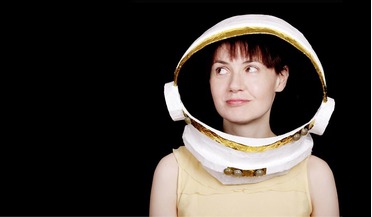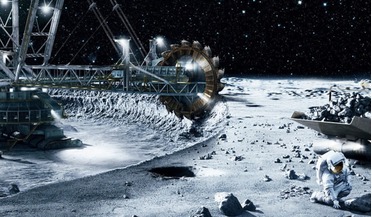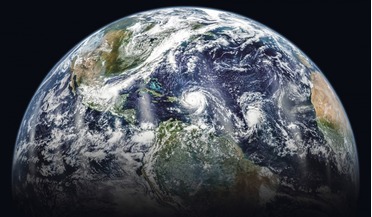 March 2016
Space Oddities: The Problem with Imagination
March 2016
Space Oddities: The Problem with Imagination
... contribute to scientific advances was stunted by the lack of imagination around them. Veterok and Ugolyok, launched into space on 22 February 1966 aboard the Cosmos-110 biosatellite, pictured at the Institute of Medical and Biological Problems, USSR...
 March 2016
Space Mining – the Reality of Tomorrow?
March 2016
Space Mining – the Reality of Tomorrow?
...to develop new and more cost-effective robotics missions, advanced navigation and precision manoeuvring in space, improved space situational systems, lower cost satellite manufacturing techniques and improved power systems including higher efficiency...
 March 2016
Why We Need Space Artists
March 2016
Why We Need Space Artists
... take a look at the history and background of space art. Most space artists would dearly love to visit other worlds; even ...to great effect: ‘ferry rockets’, forerunners of the Space Shuttle, a space station powered by solar energy, Moon bases and much...
 July 2019
Aggression in outer space – time for action
July 2019
Aggression in outer space – time for action
... Situational Awareness Program (GSSAP) satellite, courtesy AFSPC. About the author Gerard Brachet is a consultant on space policy issues and space applications, and was until 2015 a research associate at Fondation pour la Recherche Stratégique (FRS...
 November 2019
Strategic role of government in space commercialisation
November 2019
Strategic role of government in space commercialisation
...that of other government economic policy instruments in achieving commercialisation policy goals for government-led space programmes. As part of US Space Policy Directive-1, the President of the United States set two objectives: “the return of humans...
 November 2019
The economic promise of space
November 2019
The economic promise of space
... in the consistent decline of economic growth and opportunity for success in the US (and the world). The promise of space is beyond anything we have ever known A weak economy nurtures wealth inequality by limiting economic opportunities overall. This...